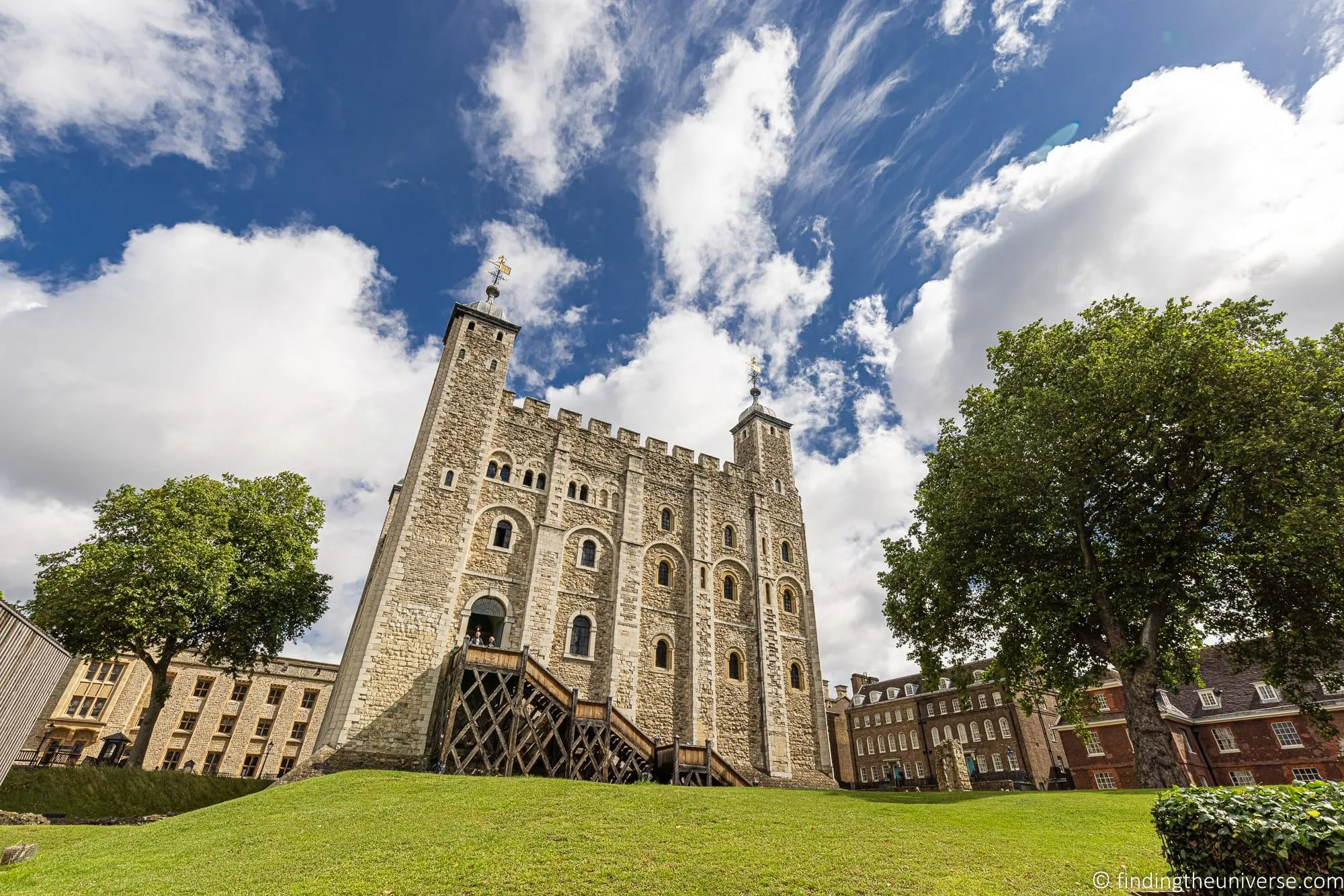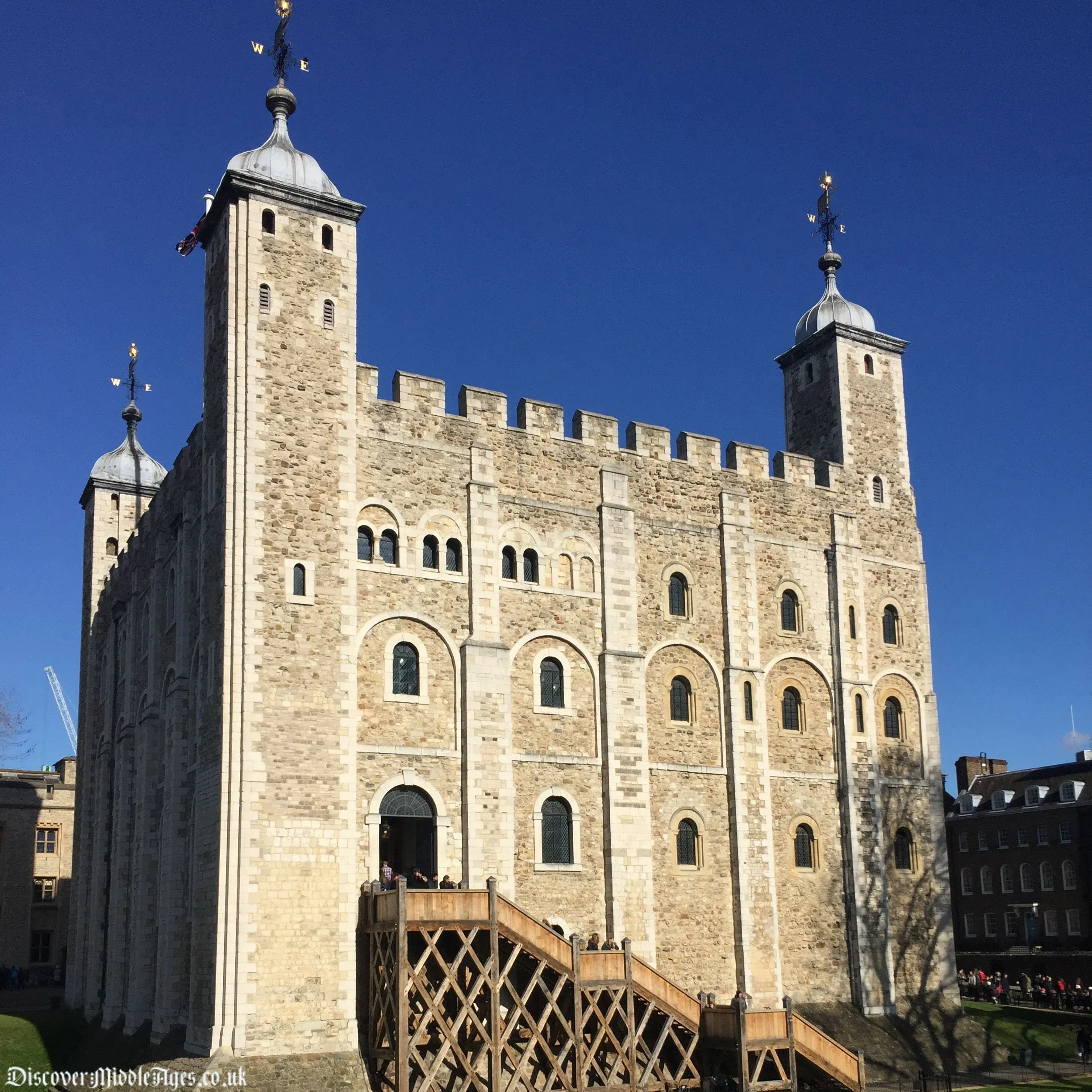Back to history
architecture
White Tower Guide – Norman Keep & Royal Power
Explore the White Tower’s Norman architecture and royal story: a thousand years of defensive ingenuity and ceremony.
11/27/2025
18 min read

Bottom line: The White Tower is a Norman statement in stone—a Romanesque keep that anchored royal authority and reshaped London’s skyline.
Fast Facts
| Item | Detail |
|---|---|
| Date | Late 11th century (William I) |
| Style | Romanesque (Norman) |
| Functions | Residence, arsenal, chapel, intimidation |
| Materials | Kentish ragstone, Caen stone dressings |
What to Notice Outside
- Thick walls punctuated by small, semi-circular arches and windows.
- Asymmetrical massing from stair turrets and projections.
- The White Tower’s commanding relation to the inner ward.
Inside Highlights
- The chapel of St John: a breathtaking survival of Norman austerity.
- Upper floors adapted over centuries for storage and display.
- Surfaces mixing medieval masonry with modern interpretive fit-out.
Image Highlights



Architecture at a Glance
- Plan logic: a rectangular core with projecting turrets.
- Vertical circulation: a principal spiral stair and secondary stairs.
- Defensive grammar: limited apertures; mass as deterrence.
Materials & Making
- Caen stone dressings articulate openings and edges.
- Ragstone rubble cores supply bulk and durability.
- Mortars and limewash once softened the stone’s finish.
Roles Across Time
- Royal residence to symbolic fortress.
- Armoury and administrative spaces.
- Today: an interpretive anchor for the whole site.
Curious Detail
- Evidence suggests early limewash may have given the tower a lighter tone—hence the “White Tower” name.
- The chapel of St John is one of the best-preserved examples of a royal Romanesque interior in England.
Visiting Tips
- Pace your ascent—stairs compress crowd flows at pinch points.
- Read masonry like a palimpsest: note patches and repairs.
- Seek quiet moments in St John’s Chapel to absorb proportions.
Bottom Line
The White Tower compresses conquest, ceremony, and craft: a Norman keep still doing the work of storytelling.
See Also
About the Author

Castle Architecture Editor
I built this to help you enjoy the Tower of London smartly—clear pacing, better timing, and context that makes each chapel, crown, and stone corridor resonate.
Tags
White Tower
Norman
keep
architecture
royal power
Comments (0)
Leave a Comment
Loading comments...